I have placed a copy on my server (click to download pdf)

I first saw a link to this guide posted on the Safe Cycling Task Force (SCTF) blog [link] which has begin to get populated with posts. I'm looking forward to more!
Issues, views, solutions and opportunities for transport and urban cycling in Singapore.



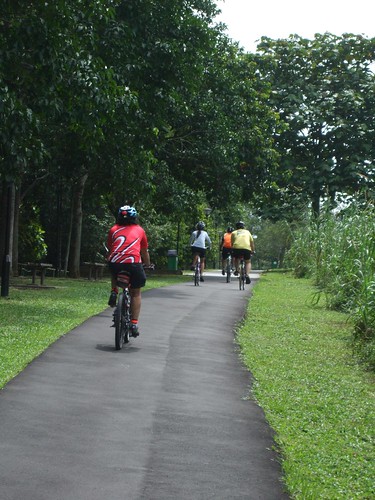

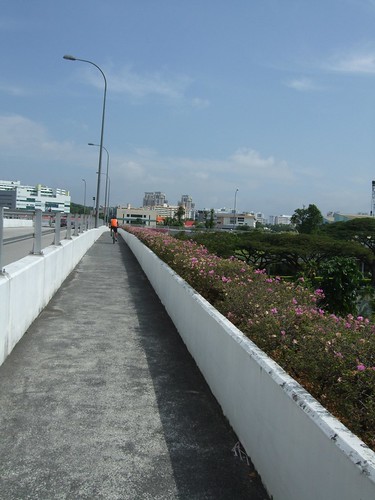




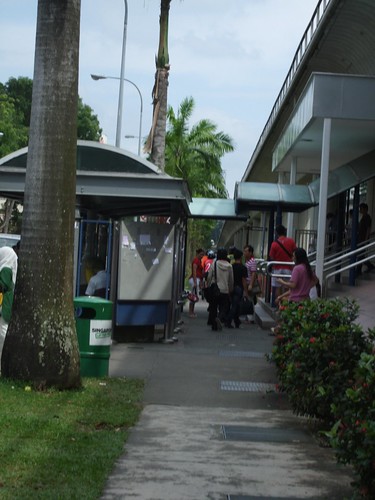

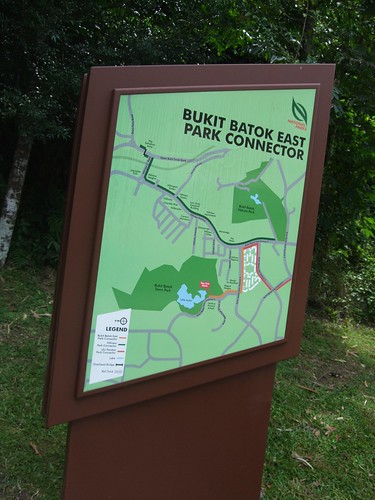

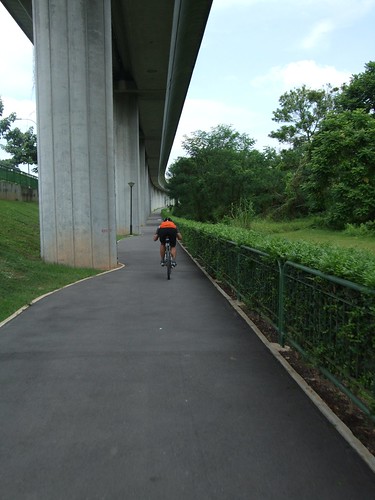

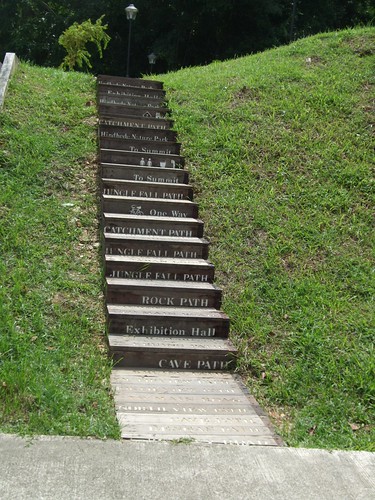
SINGAPORE — More often than not, cyclists are at fault when it comes to fatal or serious road traffic accidents involving them.
This has been the case in more than 50 per cent of such accidents between January and September of the last two years, said Senior Parliamentary Secretary of Home Affairs Masagos Zulkifli in Parliament yesterday.
Common causes for the accidents include changing lanes without due care, failing to keep a lookout, and failing to give way to traffic with right of way.
He was replying to Tampines Member of Parliament Irene Ng’s query on how roads could be made safer for cyclists.
Despite the recent spate of news reports about cyclists involved in accidents, Mr Masagos said the number of fatal and serious accidents had gone down.
In the first nine months of last year, there were 420 cases, a decrease of 30 cases from the same period in 2008.
The Traffic Police are also proactive in taking errant cyclists to task, issuing 471 summons in 2008, and 1,300 summons in the first nine months of last year.
The Traffic Police’s public education efforts include talks and exhibitions in schools, and showing videos to foreign workers. Learner drivers are also taught to keep 1.5m from cyclists and to check their blind spots for cyclists and motorcyclists, Mr Masagos said.
Ms Irene Ng Phek Hoong:
To ask the Deputy Prime Minister and Minister for Home Affairs given the recent accidents involving cyclists on roads, what is being done to:
(i) improve safety on roads for cyclists;
(ii) educate motorists that cyclists have a right to be on the roads;
(iii) condition motorists to look out for cyclists.
Senior Parliamentary Secretary, Mr Masagos Zulkifli:
In the first nine months of 2009, there were 420 fatal and injury accidents involving cyclists. This is a decrease of 30 cases, or 6.7%, as compared to the same period in 2008. The number of fatal accidents in the first nine months this year has also decreased to 15, from 18 in the same period last year.
2 Investigations show that for fatal and serious road traffic accidents involving cyclists over the first 9 months of both 2009 and 2008, slightly more than 50% of the cyclists are found to be at fault. The common causes of accidents where the cyclists are at fault are namely changing lane without due care, failing to keep a proper look out, and failing to give way to traffic with right of way.
3 The Traffic Police has been educating the public on safe cycling habits as well as the proper sharing of roads by cyclists and other road users.
4 Traffic Police conducts road safety talks and exhibitions at schools and community-level events to educate all cyclists on traffic rules and regulations. These talks cover a pre-riding checklist, safe cycling tips and case studies of accidents involving cyclists. As part of the on-going “Road Safety Outreach Campaign”, posters and leaflets on cyclist safety are also handed out during these talks and exhibitions. To reach out to foreign worker cyclists, Traffic Police produces and screens a safe cycling video in different languages at the Ministry of Manpower premises and at the dormitories.
5 Motorists also have a significant role to play on our busy roads in according due care to cyclists. This is underscored from the onset of a learner driver’s theory and practical training. Motorists are therefore taught to give a side clearance of not less than 1.5 metres from cyclists when passing them. Motorists are also taught not to make sharp turns at corners and to slow down and give way to cyclists if it is not safe to turn. It is a strict requirement for trainees to check their blind spots during driving instructions and tests. This is to ensure that drivers are aware of motorcyclists and cyclists who might not come within their mirror views.
6 While Police will continue in their efforts to educate the public and take the necessary enforcement action, all cyclists and motorists must play their part and take responsibility for their own safety as well as according due care to the safety of other users of our roads.